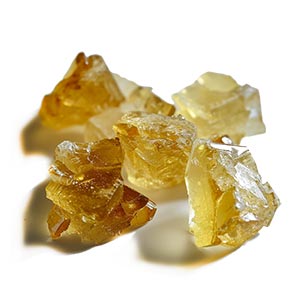Mastic, a resin obtained from the mastic tree, has a long history, especially in the Mediterranean region. It is known for its distinctive pine-like aroma with slightly sweet undertones. Traditionally, mastic has been used in various cultural rituals and culinary applications. In perfumery, mastic resin is valued for its unique scent profile, which adds depth and character to fragrances. The process of harvesting and extracting mastic resin is meticulous, ensuring the integrity of its aromatic qualities. Mastic adds a resinous, slightly sweet and pine-like note to fragrances, enhancing complexity. It is a natural ingredient with a long-standing history in perfumery, providing a unique and captivating scent.
Natural or Synthetic?
Mastic is used both in its natural and synthetic forms in perfumery. Natural mastic oil is extracted from the resin of the Pistacia lentiscus tree, offering a unique, resinous, and slightly pine-like aroma. However, due to the difficulty in harvesting and the cost of natural extraction, synthetic versions are also used.
Fragrance Families Mastic Most Commonly Found In
Show fragrances that contain Mastic as a note



